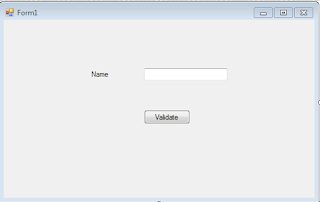Implementing DIP (Dependency Inversion Principle) in .NET Core project
Dependency Inversion Principle (DIP) is one of the SOLID principles that states that high-level modules should not depend on low-level modules, instead both should depend on abstractions. In .NET Core, we can implement DIP using various techniques such as Dependency Injection, Inversion of Control (IoC), and Service Locator.
Here's a simple example of how to implement DIP using Dependency Injection in a .NET Core project:
By following below steps, we can implement DIP in our .NET Core project using Dependency Injection.
1. Define interfaces for the low-level modules (dependencies) that the high-level module needs to use.
For example:
2. Create implementations for these interfaces.
For example:
3. Create the high-level module and inject the dependencies as constructor parameters.
For example:
4. Use a dependency injection container to register the implementations of the dependencies and inject them into the high-level module. For example, using the built-in .NET Core DI container:
5. Use the high-level module by resolving it from the DI container.
For example:


Comments
Post a Comment